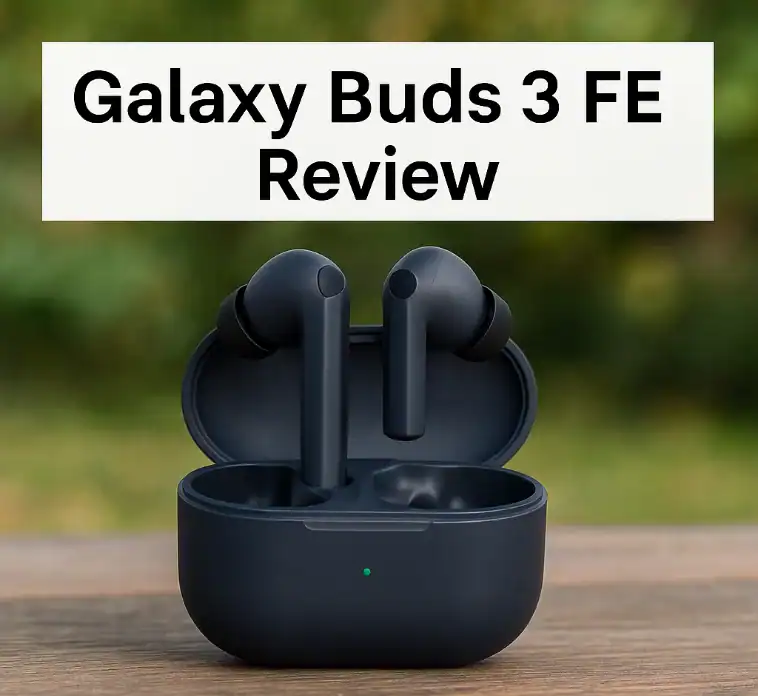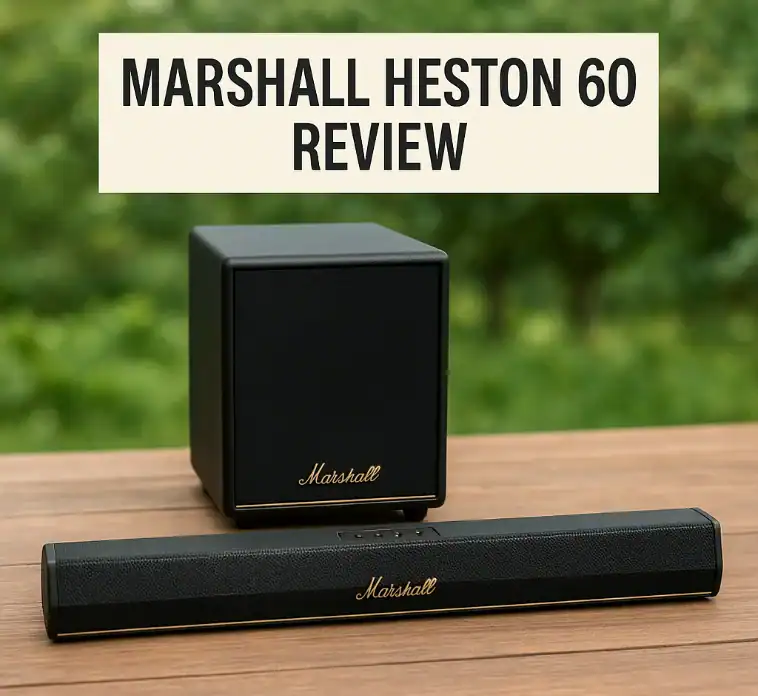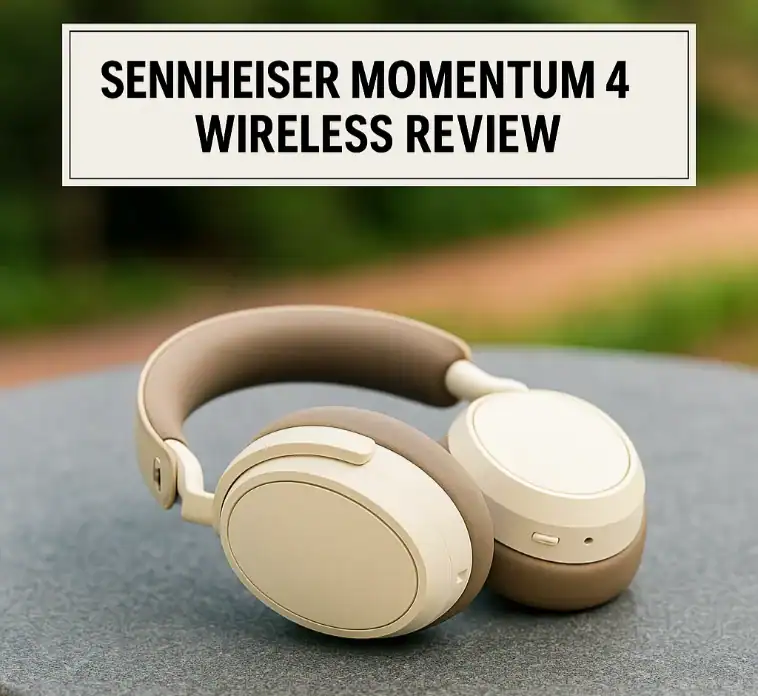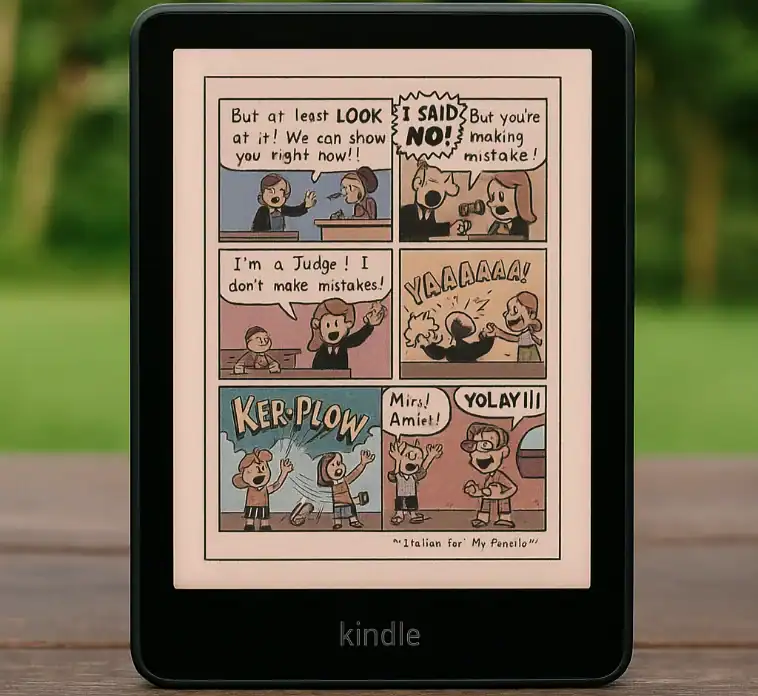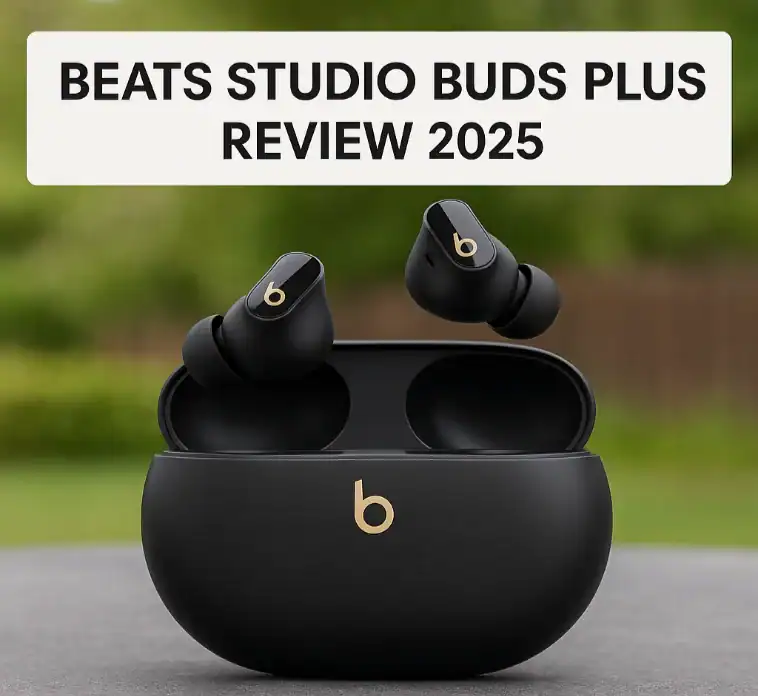In the world of USB (Universal Serial Bus) connectors, USB-A and USB-C are often the most widely recognized. But there is another player in this lineup—USB-B. Though less prominent in the conversation, USB-B connectors are the most important components in the connectors of printers, scanners, audio interfaces, and some external hard drives.
If you have ever come across the fact that your printer cable is quite different from your phone charger, or you need to find out the name of that square USB connector, then you are most likely referring to USB Type-B.
In this extensive tutorial, we shall cover:
- The nature of USB-B
- Different types of USB-B connectors
- Places and methods of USB-B usage
- Issues of compatibility and speed
- Questions (FAQs) highlighted
- Summarizing in conclusion
Shall we take a plunge into the shrunk but still significant world of USB-B?
What Is USB-B
USB-B is one of the USB connector types specified by the USB standard. It is most often used at the peripheral side of the connection, which means it is connected to devices like printers, scanners, and audio interfaces, and not to your computer or charger. USB-A is flat and rectangular, while USB-B connectors are more square-like and have a design that makes them difficult to use. USB-B connectors have been utilized in the USB 1.1 and USB 2.0 systems, which have changed the shapes and capabilities for the various applications over time.
Types of USB-B Connectors
Over time, different versions of USB-B have been developed to suit various use cases. Here are the main types:
Standard USB-B

- Form: Square with gently rounded upper corners
- Use Case: Mostly used in printers, scanners, and other peripherals of a larger size
- Speed Supported: USB 1.1 and USB 2.0 (maximum)
USB-B 3.0 / USB 3.1

- Shape: In comparison to a normal USB-B, the USB-B 3.0 had only one additional section for extra pins
- Use Case: It was intended for high-speed external hard drives and data-intensive devices.
- Supported speeds: 5 Gbps for USB 3.0 and 10 Gbps for USB 3.1
USB Mini-B

- Shape: Much smaller and more compact in comparison to a regular USB-B
- Use Case: The examples of such devices could be a digital camera, an MP3 player, and an external hard drive
- Speed Supported: USB 2.0 speeds
USB Micro-B

- Shape: According to the design, it was slimmer, trapezoidal, and there were two versions: ○ USB 2.0 Micro-B ○ USB 3.0 Micro-B (which corresponds to an extra pin segment)
- Use Case: The typical examples of such devices are portable hard drives, smartphones (before USB-C became standard), and external accessories.s
Note: USB-C is at the very beginning of the process of overtaking Micro-B in changeable gadgets thanks to its functions and the possibility of reversible operation.
Common Uses of USB-B
The main reason for the fact that USB-B is no longer found in mobile phones and laptops is that it is still important for specific tasks. Now, let us describe some of the frequent uses of USB-B.
Printers and Scanners
- Nowadays, though most home and office printers still extensively use standard USB-B, the connection is over a computer.
Audio Interfaces
- As an example, many professional audio devices, such as the Focusrite Scarlett, are available.
External Storage Devices
- Older and some newer external HDDs use USB 3.0 Micro-B or USB-B 3.0.
Industrial Equipment
- USB-B is the most typical choice for those places where the industrial sector is, and, thus, the places.
Data Transfer Speeds and Power Capabilities
USB-B connectors are available in different versions, which have different power and data capabilities.
- USB 1.1: 12 Mbps
- USB 2.0: 480 Mbps
- USB 3.0/3.1 Gen 1: 5 Gbps
- USB 3.1 Gen 2: 10 Gbps
Power delivered through USB-B is less than that carried by USB-C, which is a more recent standard. Most USB-B devices usually consume 100mA to 900mA. This is sufficient for printers, audio equipment, and lighter external drives.
Compatibility and Adapters

Adapters or special cables can be used to connect a USB-B port device to a computer with only USB-C or USB-A ports.
Some examples are:
- USB-C to USB-B 2.0 Cable (for newer laptops)
- USB-A to USB-B 3.0 Cable
- USB-B to USB-C Adapter Dongles
On the other hand, remember that an adapter does not guarantee maximum transfer speed. It all depends on the lowest common denominator between the different devices and cable types.
Pros and Cons of USB-B
Pros
- Stable connection with locking fit
- Widely supported on legacy and current professional hardware
- Ideal for peripherals requiring reliable data transfer
Cons
- Bulky compared to USB-C and Micro-B
- Non-reversible plug (annoying to insert)
- Limited power delivery compared to USB
FAQs About USB-B
Can USB-B be used for charging devices?
Is USB-B backward compatible?
Why do printers still use USB-B?
Can I use a USB-B 2.0 cable in a USB-B 3.0 port?
Are USB-B connectors being phased out?
Can USB-B support video output?
Conclusion: Why USB-B Still Matters in 2025
Even with the introduction of USB-C and wireless, USB-B is the square-shaped USB connector made for electronic gadgets having the Type-B input, which was designed primarily to be used with computer peripherals. It is simple in form, indestructible, and compatible with a large number of legacy devices. From printers and scanners to audio gear and industrial equipment, USB-B continues to play a behind-the-scenes role in keeping essential devices connected. Even if you are setting up a home office, running an audio production studio, or just trying to figure out what that square plug is for, understanding USB-B is still worth your time.
Summary
- USB-B is generally designed to connect peripherals to the host devices.
- There are several varieties, including Standard-B, Mini-B, Micro-B, and USB 3.0/3.1 versions.
- The data transfer rate supported is up to 10 Gbps, depending on the version.
- USB-B still reigns in the professional, industrial, and legacy sectors.
- USB-B is still in use, but USB-C is the next big thing.











